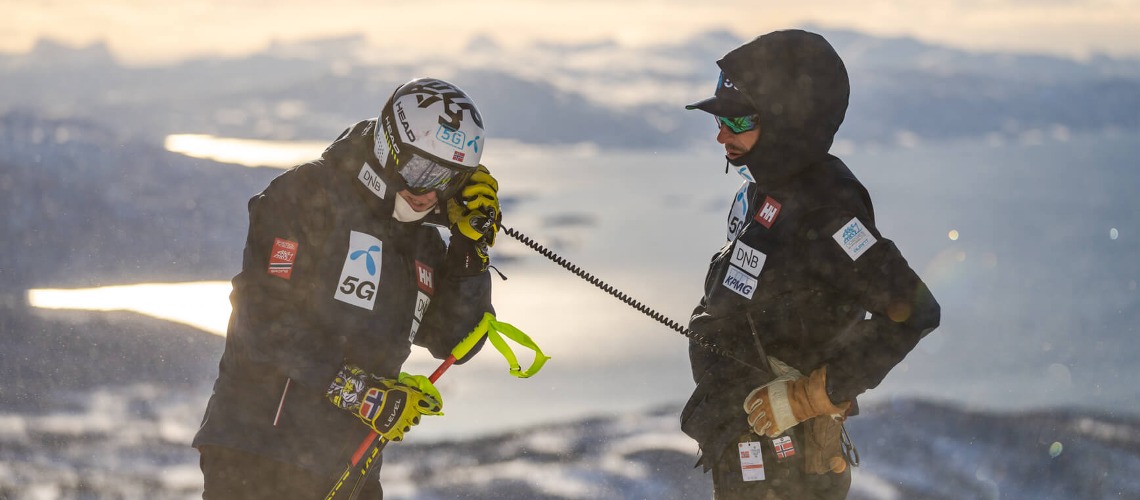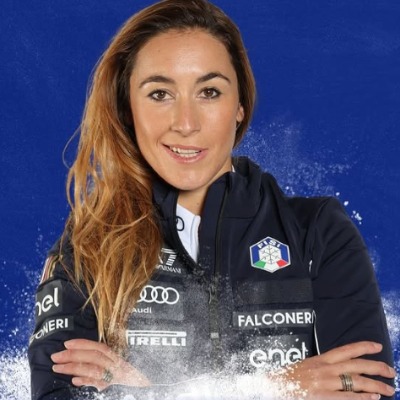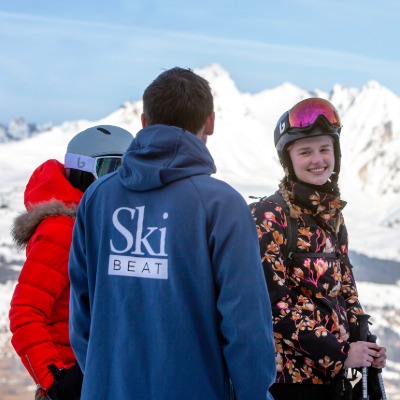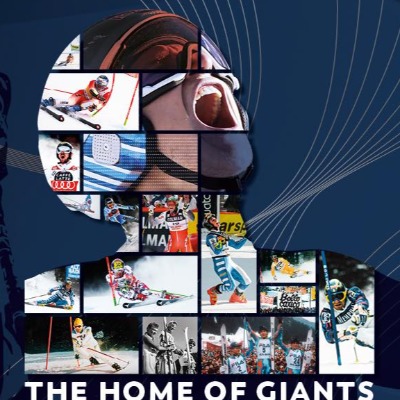SIN Chats With....Aleksander Aamodt Kilde

Recently, at the Alpine Ski World Cup in Solden, Austria, SIN had the pleasure of spending time with the Norwegian Alpine Ski Team and their new clothing supplier, Helly Hansen. SIN chatted with Aleksander Aamodt Kilde on what makes him tick.
What made you want to be a professional skier?
The passion for the sport and wanting to experience the world with good friends and teammates. And, of course, the feeling of achieving great goals along the way. What hardships have you overcome in order to pursue a career in professional skiing? There have always been priorities and choices to be made on the road, even since I was quite young. The most challenging ones have been having to choose to step away from opportunities you get as a normal boy at a young age in order to follow my dreams.
Aside from that, there have always been thoughts and choices behind being able to reach a high level in alpine skiing. What would you say is the biggest high point of your career, and the lowest?
My high was when I won the overall World Cup in 2020. My low was getting injured in 2021. How do you prepare/do you have a ritual for your races? My rituals are basically to just keep my warmup routines and preparations as similar as possible every race, so I know that I’m ready when it’s go-time.
Could you describe a typical day of training with the team?
- 7:00 -Wake up
- Good breakfast
- Coaches on the hill preparing for the athletes to arrive setting the course, checking safety of training, setting up timing
- Athletes arrive and do a physical warmup without equipment on -Athletes get dressed and do warmup on skis
- Inspection of the course and training starts
- 5-10 runs 13:00 -Head back to hotel and start 20-minute restitution before lunch
- Couple hours of rest/sleep
- 15:00 -Dry land training
- 17:00 -Physio training
- 18:45 -Team meeting
- 19:00 -Dinner followed by bedtime And repeat 300 days a year.
How important is trust within your team?
Alpine skiing is definitely a sport that needs trust to be able to deliver results. Within the Norwegian Alpine Ski Team, working together to achieve our goals is one of our strengths, and doing this with passion and, most importantly, trust, we’re able to reach new levels. Having that support and to trust that what you give is what you get is as important as getting passed and reaching those goals.
How do you manage the emotional and physical pressure of being part of the team?
Being part of this team comes with some pressure and high expectations – mostly because of its history and track record – and this is something you keep in mind every day. But I always try to look at this pressure as a positive thing and think of it as something that gives me confidence, being a part of this great team. Training and competing on the mountain can be really tiring and hard, but we push through together as a team. The team pushes me every day, and it makes me want to give 100% back.
How do you balance your personal life with being a professional skier?
Being on the road, it’s important not to lose the connection with the world outside of the team, because it’s the reality outside that anchors us as human beings and shows us that there is more to life than skiing. It’s always a hard balance, mostly because we are on the road 250 days a year, but I always try to keep close contact with friends and family. And traveling with the team year-round has allowed me to form a deep and unique connection to my teammates and coaches. They sort of become your second family and they share the same passion and goals.
How does it feel being part of the legacy of the Norwegian Alpine Ski Team?
It’s a privilege and an honor to be able to be part of this team and represent the culture, setting examples for the younger generations to come. It’s incredible. What is it about skiing and the mountains that make you feel alive? It’s the view, groomed slopes, quietness, feeling alone and free in nature. The adrenaline rush you get after a run and the feeling of success, but also just standing on top of a mountain, you have the whole slope to yourself. And you can go full gas and fight for hundreds of seconds down the course and give it your all, being able to feel the power of nature.














